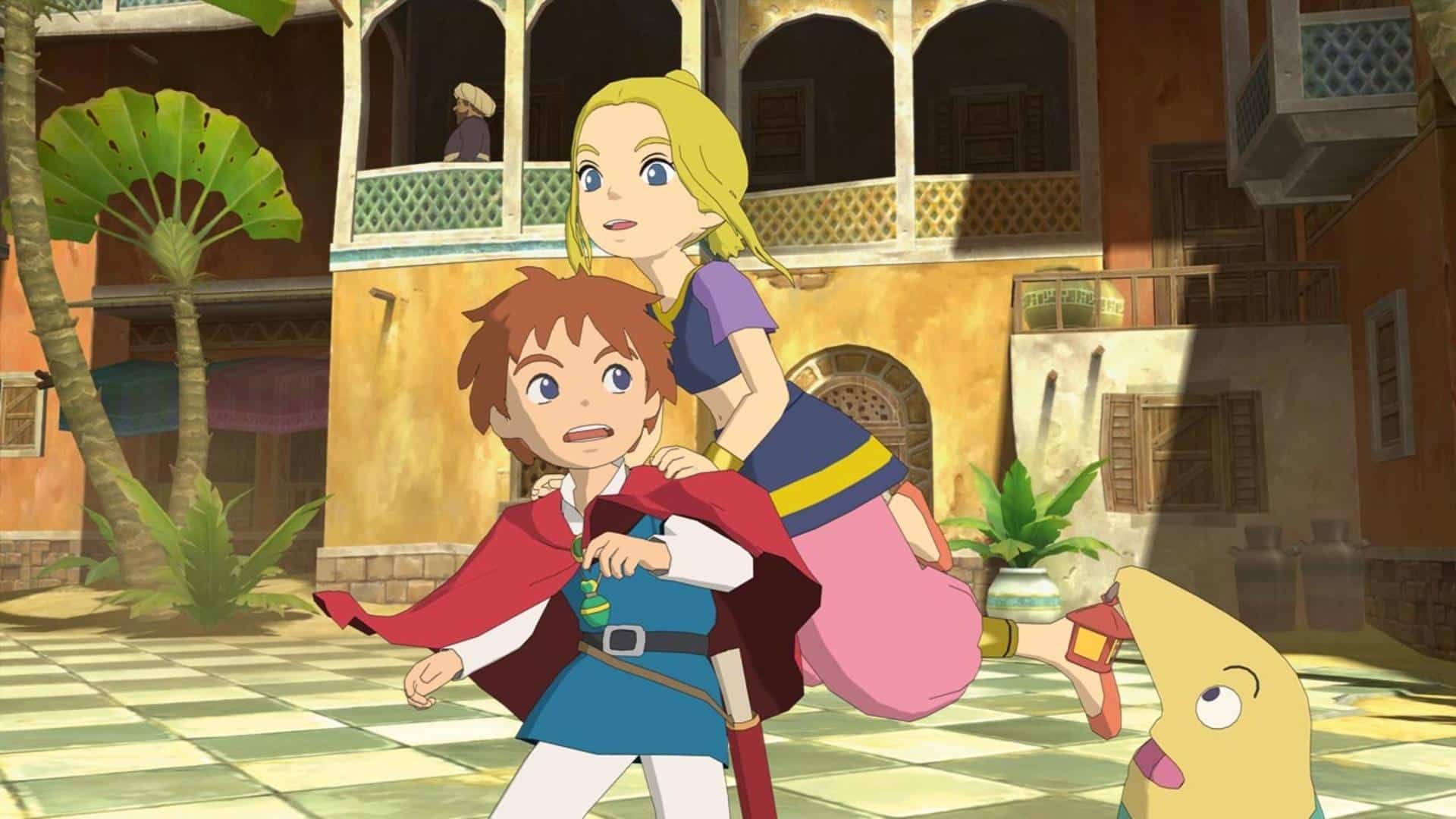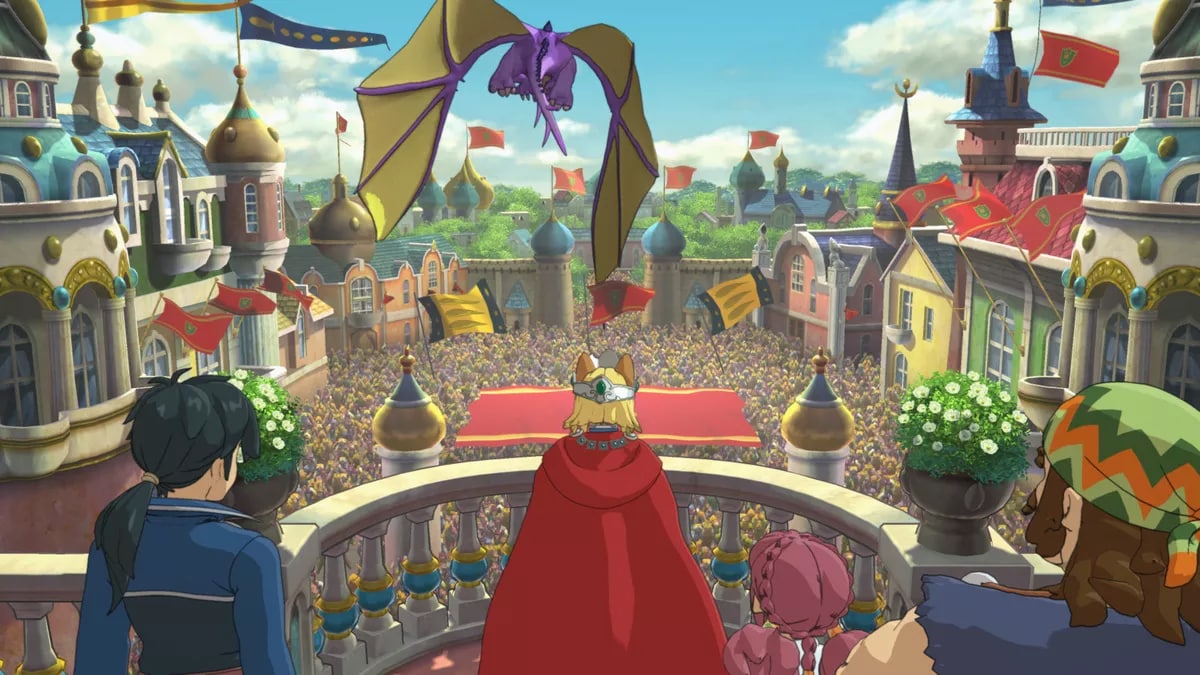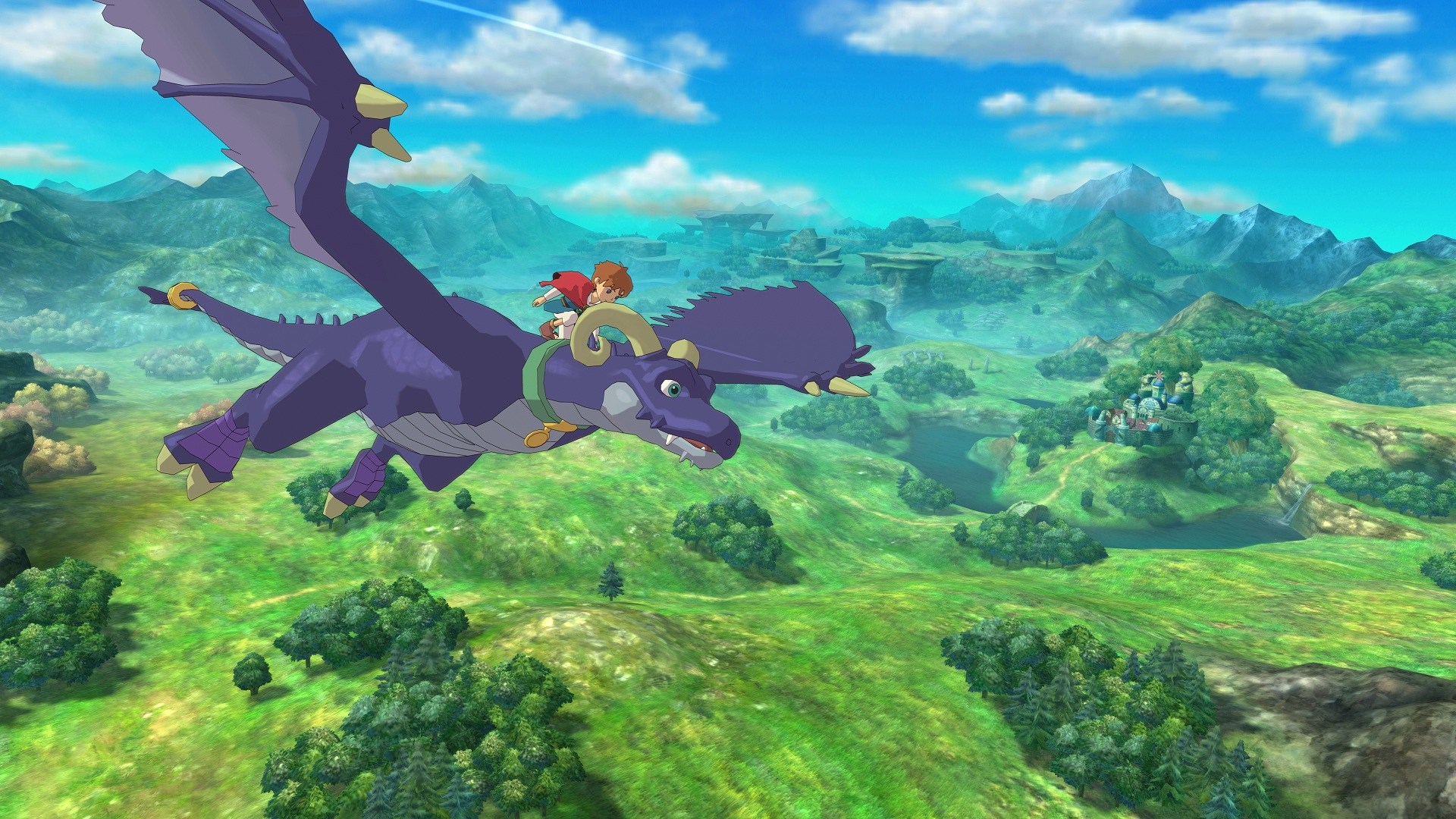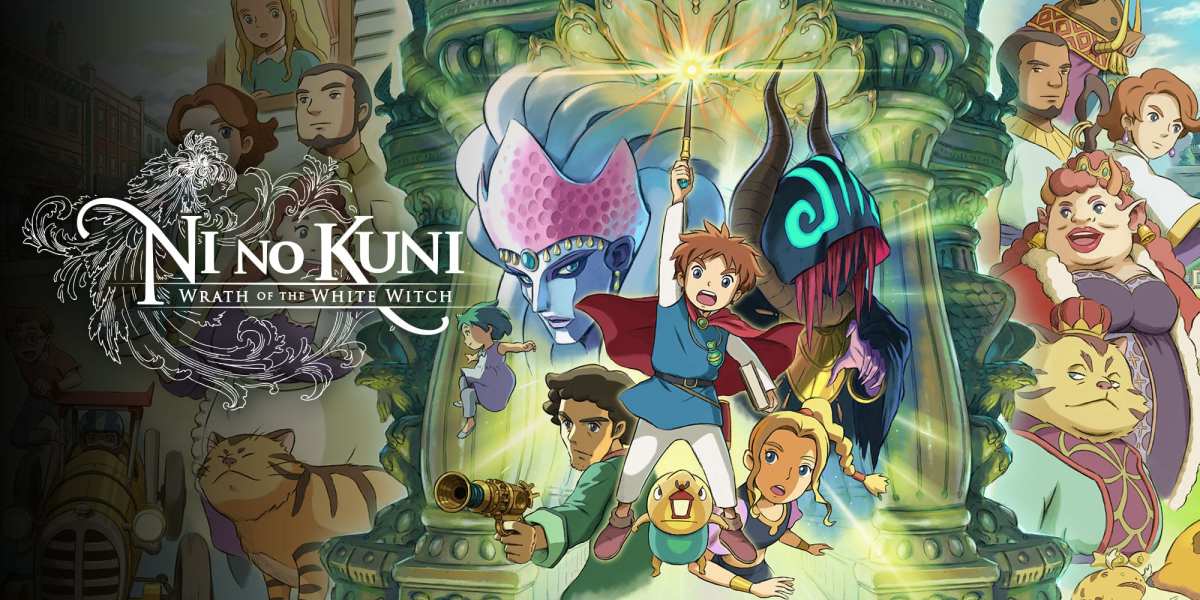Do you remember your gateway game? The game that first captured your imagination and helped you realize you were a gamer. Some players might name titles that were not necessarily supposed to be for them — a game in an arcade without parental supervision, but you had a blast and became a gamer in the process. However, times have changed, and one generation is eager to pass on its love of video games to the next.
The question now is — how do we welcome in a new generation of gamers? What is the most effective avenue?
If you want to bring the young gamer in your life into gaming, there is one major choice I would recommend: the critically acclaimed Ni no Kuni franchise.

A World of Witches, Warlocks, and Whimsy
For those not in the know, the two major Ni no Kuni games are essentially fairy tale JRPGs. In each game, you play as a character from our world who is dropped into a fairy tale realm. Their introduction to this realm has major ramifications for the denizens of the fantasy world. You are there as a hero, to help right wrongs, to save the downtrodden.
Both games deal with heady topics, but never so much so that young gamers couldn’t understand what is happening. For example, in Ni no Kuni: Wrath of the White Witch, the whole plot is predicated on the loss of your mother. Young Oliver, the protagonist, heads out into the fantasy world to locate his mother’s soul and hopefully bring it back with him. As he travels through his adventure though, he can’t stand idly by as the world suffers under the oppressive boot of Shadar, a dark djinn of immeasurable evil and power. Oliver ultimately trains to become a wizard and faces trials that test him mentally, physically, and morally. It is very much the hero’s journey, albeit in a family-friendly fashion.
The plot of Ni no Kuni: Wrath of the White Witch pushes its fairy tale themes with the names of characters and locales. For instance, there is the kingdom of Ding Dong Dell, which is led by the great King Tom who is a giant stout cat. The western localization team created these names by drawing from the old, popular nursery rhyme, and they injected myriad puns and callbacks to childhood favorites into the world.
Perhaps the most engaging aspect of Ni no Kuni: Wrath of the White Witch is the balancing of hearts. Within the game, Shadar has stolen aspects of people’s hearts. In “breaking” their hearts, he has robbed them of something precious to them, whether it be belief in themselves or their trust in everyone around them. You are tasked with finding what makes that person whole, and in doing so, you learn what makes a person a person. You learn about virtues and balance. It is a touching lesson as the journey for each virtue is important to your success in the game.

Kingmakers and the Responsibility That Comes with Them
The franchise goes further with its life lessons with the sequel, Ni no Kuni II: Revenant Kingdom. In this tale, you are a president of an unknown country (though it is hinted that it’s the United States). In the opening, Roland is dying, and as he closes his eyes, he awakens in a younger body in Ding Dong Dell of all places. Upon his arrival, Roland meets a young king named Evan. Together they head off on a journey to save Evan’s kingdom and potentially save the world along the way.
In his travels, Evan is constantly learning about the people of other kingdoms, as well as their respective cultures, and it’s fascinating to be a part of this journey with him. Playing as Roland and Evan, you feel them grow, and you grow with them in turn.
One crucial trial Evan must undergo is bonding a Kingmaker, a powerful and magical being. This task will ensure that Evan can regain his kingdom. However, when you receive Lofty, your new Kingmaker, you also learn about the responsibility that comes with power.
With this Kingmaker, Evan can make important decisions and effect changes. And once you reclaim your kingdom, you have to ensure that you utilize all the power at your disposal responsibly. After all, the game mechanics include building an actual kingdom with an army and everything. All these mechanics are in turn twisted into lessons akin to what would be woven into a fairy tale narrative, as you see firsthand what happens when things are done wrong.
Through Evan and Roland’s adventure, developer Level-5 educates on how to be a proper leader and how to approach situations empathetically, and isn’t that the most important part of a children’s fairy tale? To teach as well as entertain.

Weaving Modern Fairy Tales with Ni no Kuni
What ultimately helps elevate the Ni no Kuni franchise is its aesthetic and auditory roots. Studio Ghibli provided animation for the first game, while a former Studio Ghibli artist returned to provide art for the sequel. Ghibli’s iconic and whimsical style of animation gives the Ni no Kuni world a lively fairy tale aesthetic not seen in other games.
On the audio side, there is composer Joe Hisaishi, a perpetual Studio Ghibli collaborator whose myriad works include My Neighbor Totoro, Princess Mononoke, Spirited Away, Howl’s Moving Castle, and The Tale of the Princess Kaguya. All of these films draw some inspiration from fairy tales and folklore, such as The Tale of the Princess Kaguya being based on The Tale of the Bamboo Cutter, a 10th-century monogatari. Hisaishi brings his same signature spirited and energetic style from those films to these games, and it further adds to the sense of wonder within the narrative of the Ni no Kuni franchise.
While whisking you away to Ni no Kuni, you the gamer are treated to lessons of trust, responsibility, and careful management of resources all wrapped within one fantastical universe. Combine this with vibrant colors and a world of eccentric and curious characters, and young gamers will be enthralled and want to continue their adventure into gaming.






Published: Jan 19, 2021 11:00 am